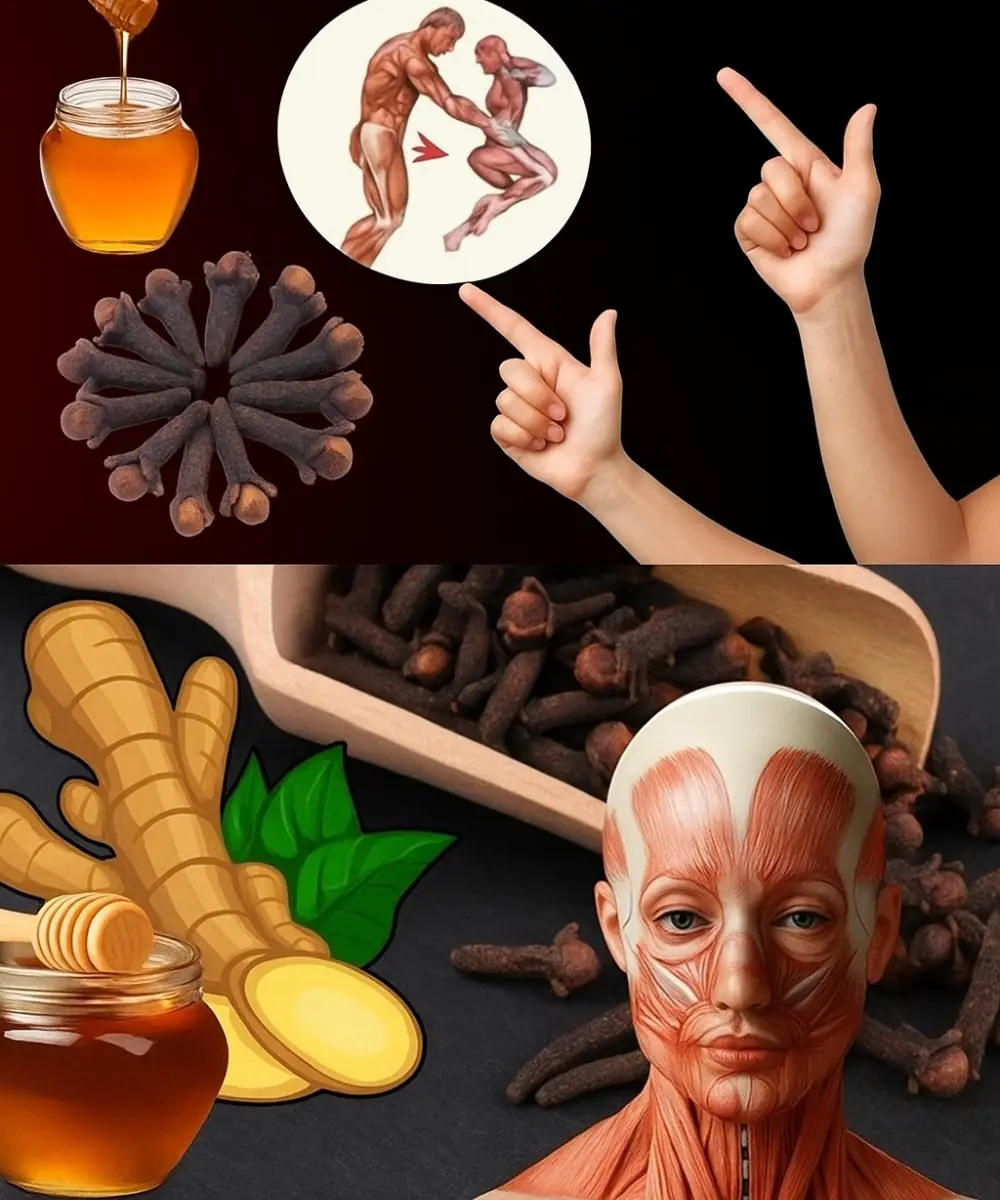
Plantain: The Gold Mine in Your Medicinal Garden

In the vast world of medicinal plants, some species stand out for their exceptional healing properties. One of them is plantain, a plant so common that it often goes unnoticed. However, this herb is considered a true “gold mine” in the garden due to its countless health benefits. From soothing ailments to calming inflammation, plantain has been used for centuries across various cultures as a natural remedy. In this article, we’ll explore the properties of plantain, how to use it properly, and some homemade recipes you can try.
Medicinal Properties of Plantain
Plantain is scientifically known as Plantago major and belongs to the Plantaginaceae family. This plant is rich in compounds such as flavonoids, tannins, and salicylic acid, which contribute to its anti-inflammatory, analgesic, and wound-healing properties.
One of the most common uses of plantain is for treating wounds. Its ability to accelerate the healing process and reduce inflammation is widely recognized. Additionally, this herb has proven effective in treating respiratory conditions such as cough and asthma due to its expectorant action.
Besides its topical and respiratory uses, plantain can also help relieve muscle and joint pain, making it a valuable ally for those suffering from chronic inflammation or discomfort.
How to Prepare Plantain Infusions
One of the easiest ways to enjoy the benefits of plantain is through infusions. Here's a simple recipe to prepare your own plantain tea:
Ingredients:
-
1 cup of fresh plantain leaves (dried can be used if fresh is unavailable)
-
2 cups of water
-
Honey (optional, to sweeten)
Instructions:
-
Rinse the plantain leaves well to remove impurities.
-
Bring the 2 cups of water to a boil in a pot.
-
Once boiling, add the plantain leaves and lower the heat.
-
Let the mixture steep for 10 to 15 minutes.
-
Strain the leaves from the liquid and pour into a cup.
-
Add honey if desired for a sweeter flavor.
Topical Use of Plantain
In addition to being consumed in tea, plantain can also be used topically to treat wounds and relieve pain. Here's how to prepare it:
Plantain Poultice:
A poultice is a paste applied to the skin, and plantain is perfect for this method. Here’s how to make it:
Ingredients:
-
A handful of fresh plantain leaves
-
Water
Instructions:
-
Mash the leaves with a little water until you get a smooth paste.
-
Apply the paste directly to the affected area (burns, scrapes, or inflammation).
-
Cover with gauze or a clean cloth and let it sit for at least 30 minutes.
This treatment is ideal for soothing inflammation and speeding up the healing process of minor wounds.
Precautions and Considerations
Although plantain is a natural and generally safe herb, some precautions should be taken. Always make sure you are not allergic to the plant before using it topically or as an infusion. Pregnant or breastfeeding women should consult a doctor before using herbal remedies.
Also, ensure that the plantain you collect comes from areas free of pesticides and pollutants so that you can benefit from it safely.
Conclusion
Plantain is a true treasure you can grow right in your garden. By understanding its properties and how to prepare it, you can enjoy the many benefits this herb has to offer. Whether you need to ease pain, treat a wound, or simply enjoy a comforting tea, plantain will always be there for you—proving that nature provides effective, natural solutions for our health.
News in the same category

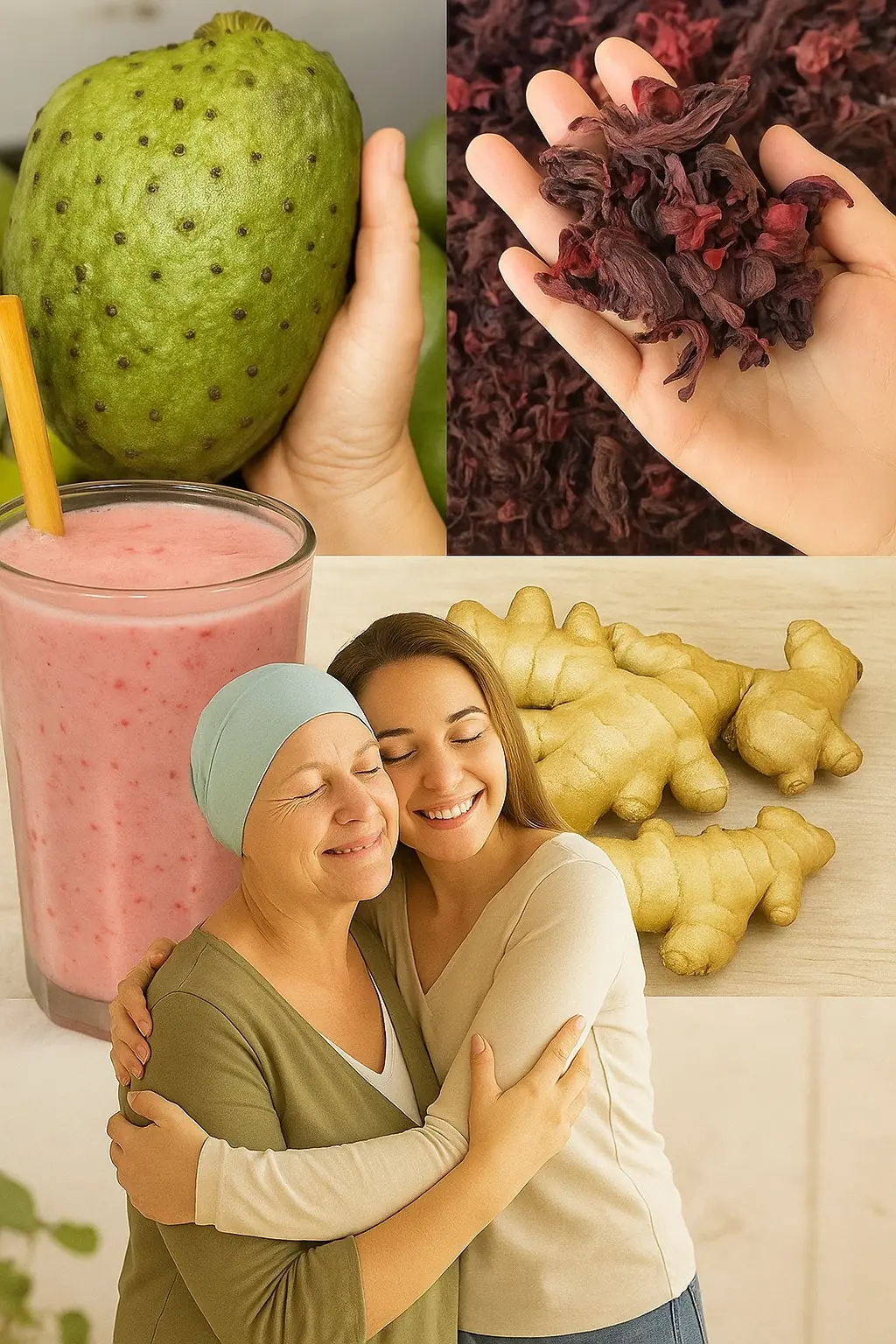
The 2025 Wellness Revolution: Can Soursop, Hibiscus, and Ginger Tea Be Your Secret to Defeating Disease?
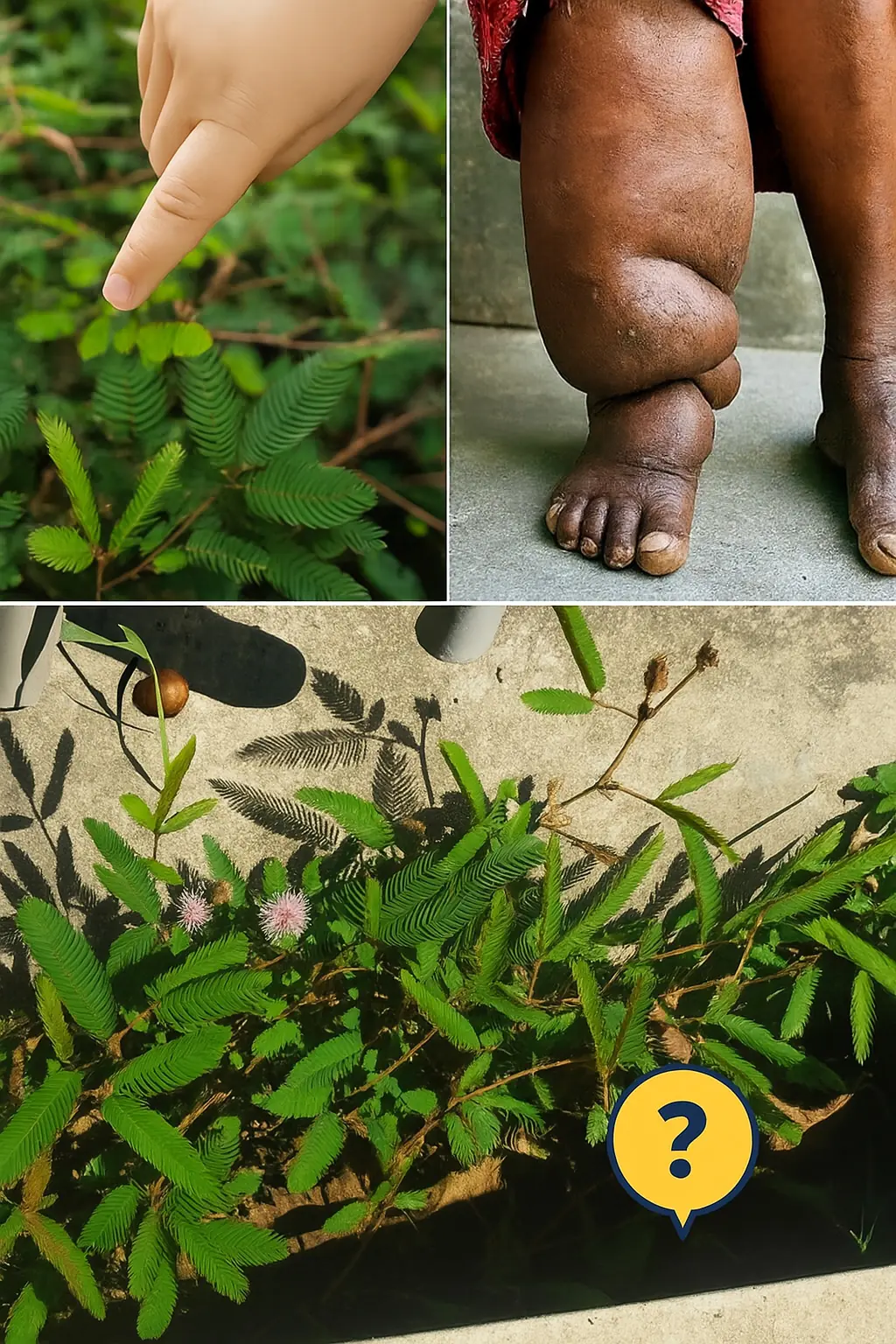
The Shy Plant’s Secret Power: How Mimosa Pudica Can Revolutionize Your Health
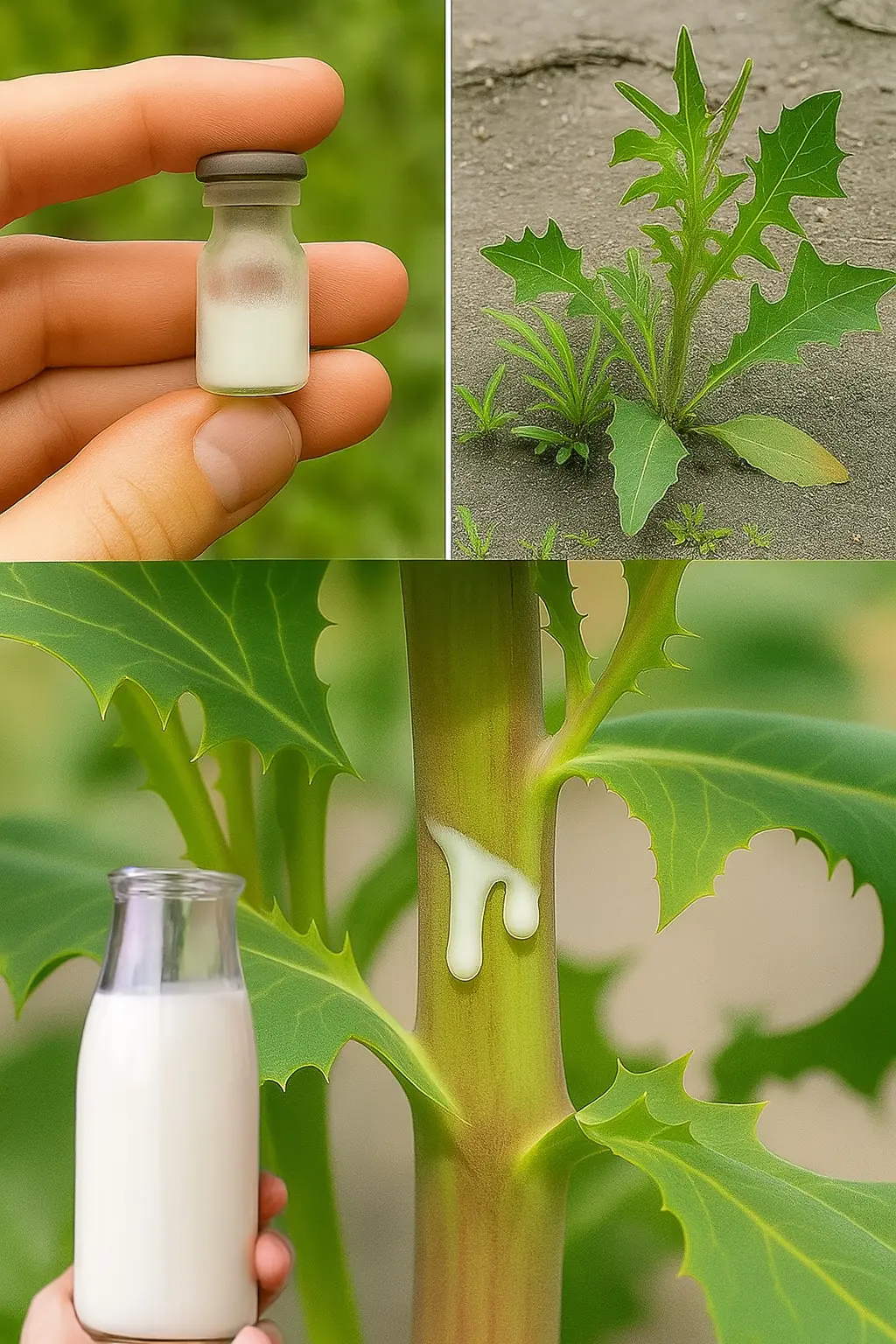
Unveiling the Mystique of Devil’s Claw Sap: Nature’s Hidden Elixir
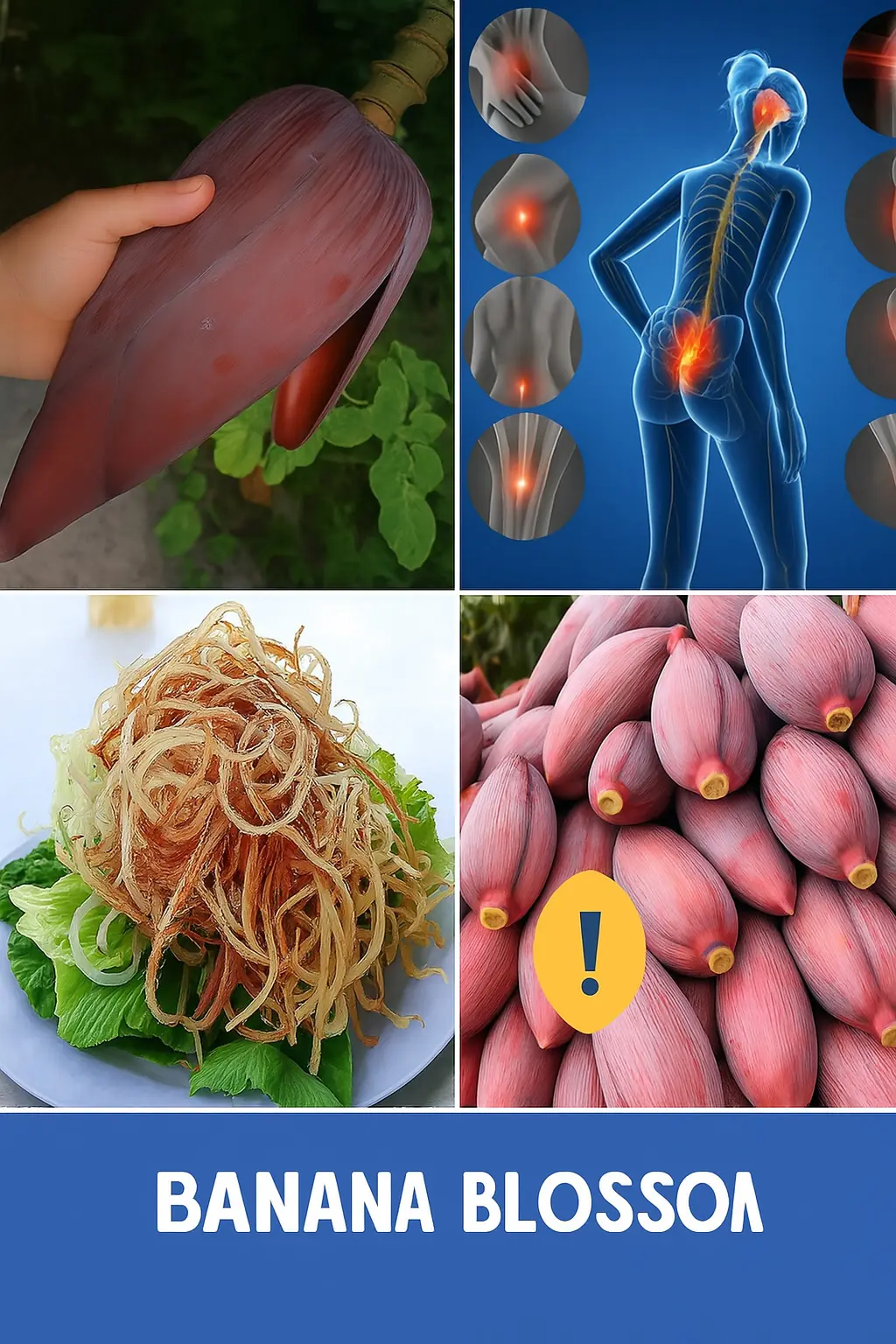
Unlock the Hidden Power of Banana Blossoms: 7 Life-Changing Health Benefits You Need to Know
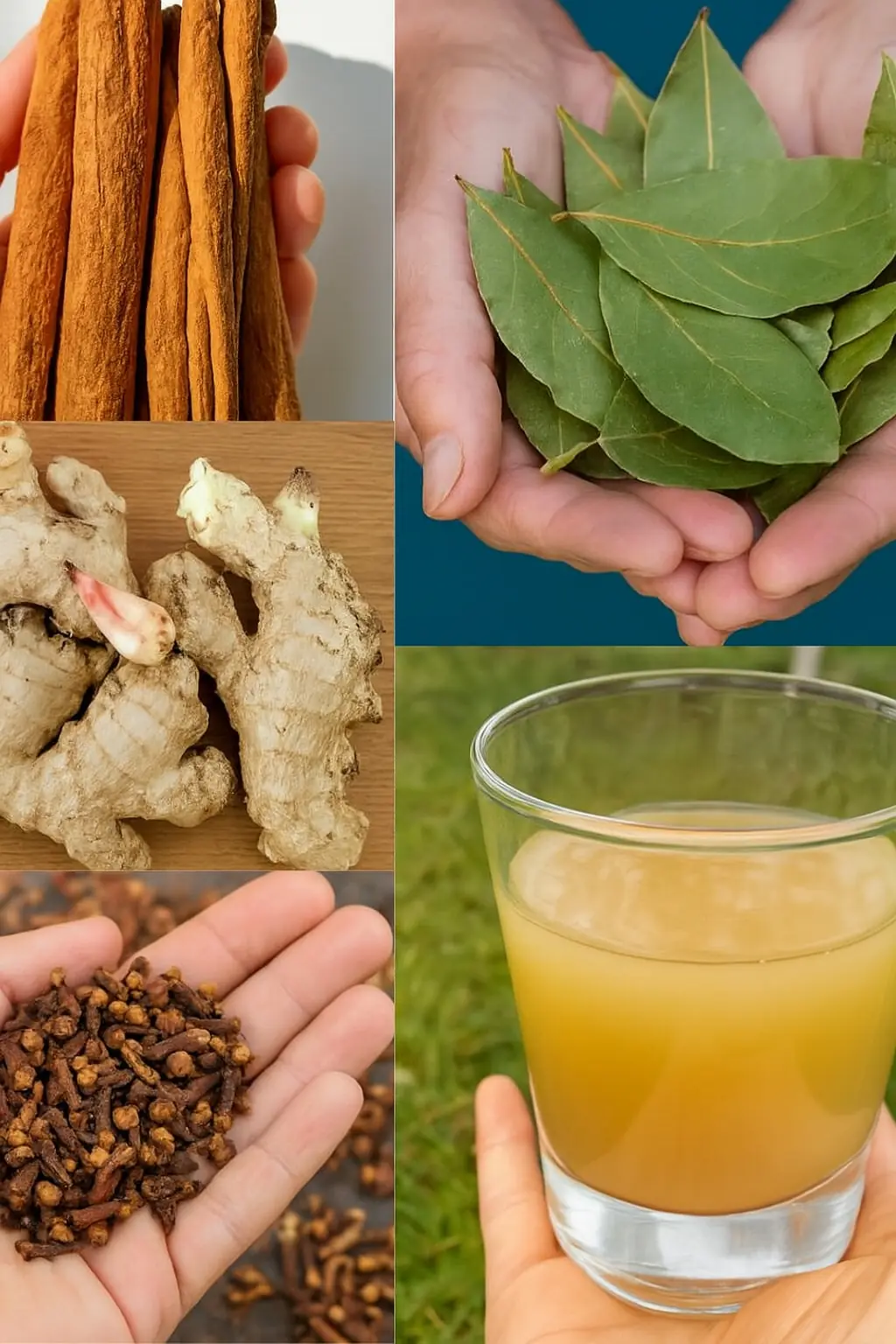
Ignite Your Health with the Ultimate Cinnamon, Ginger, Bay Leaves, and Cloves Elixir
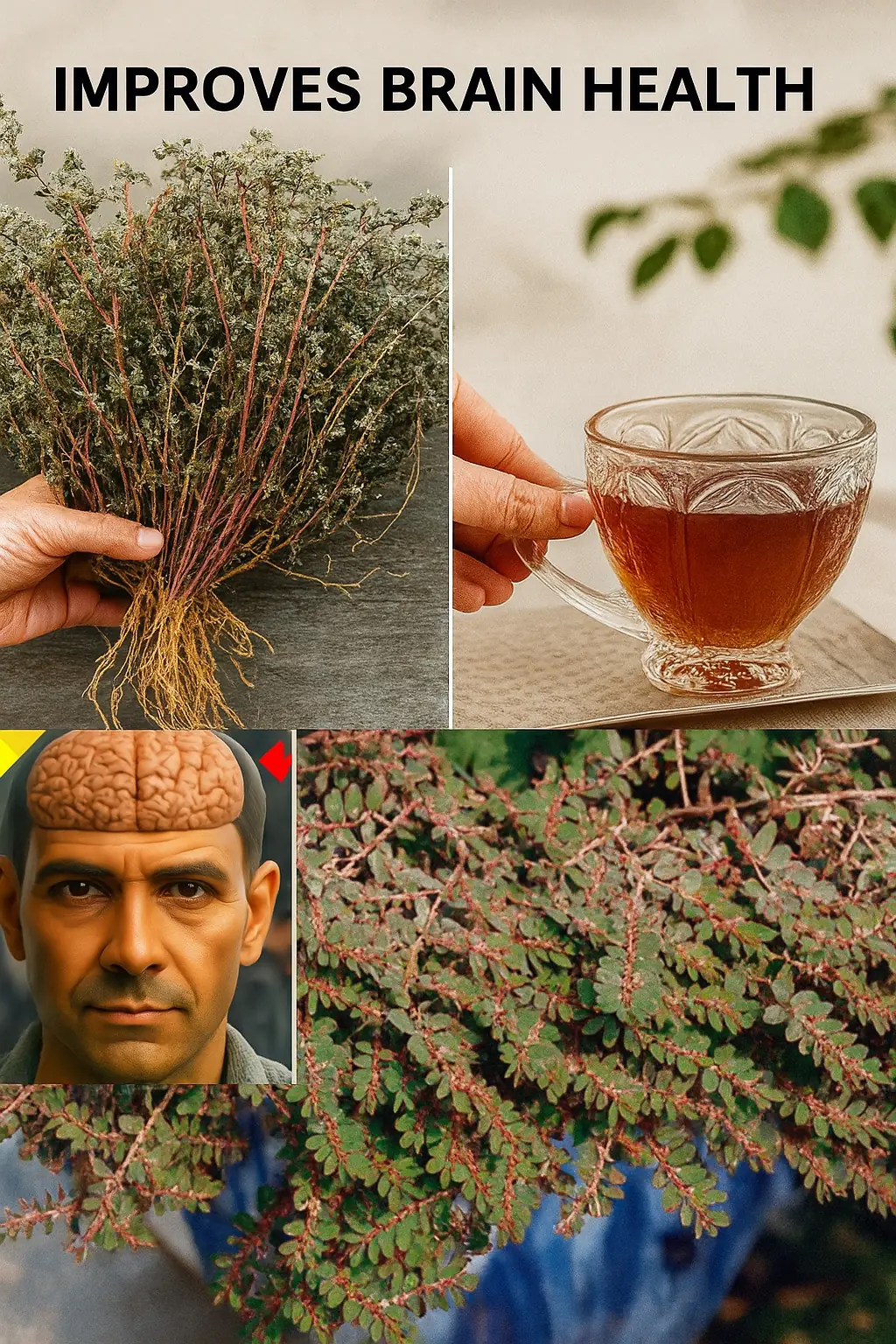
Euphorbia Prostrata: The Hidden Healing Herb That Could Transform Your Health
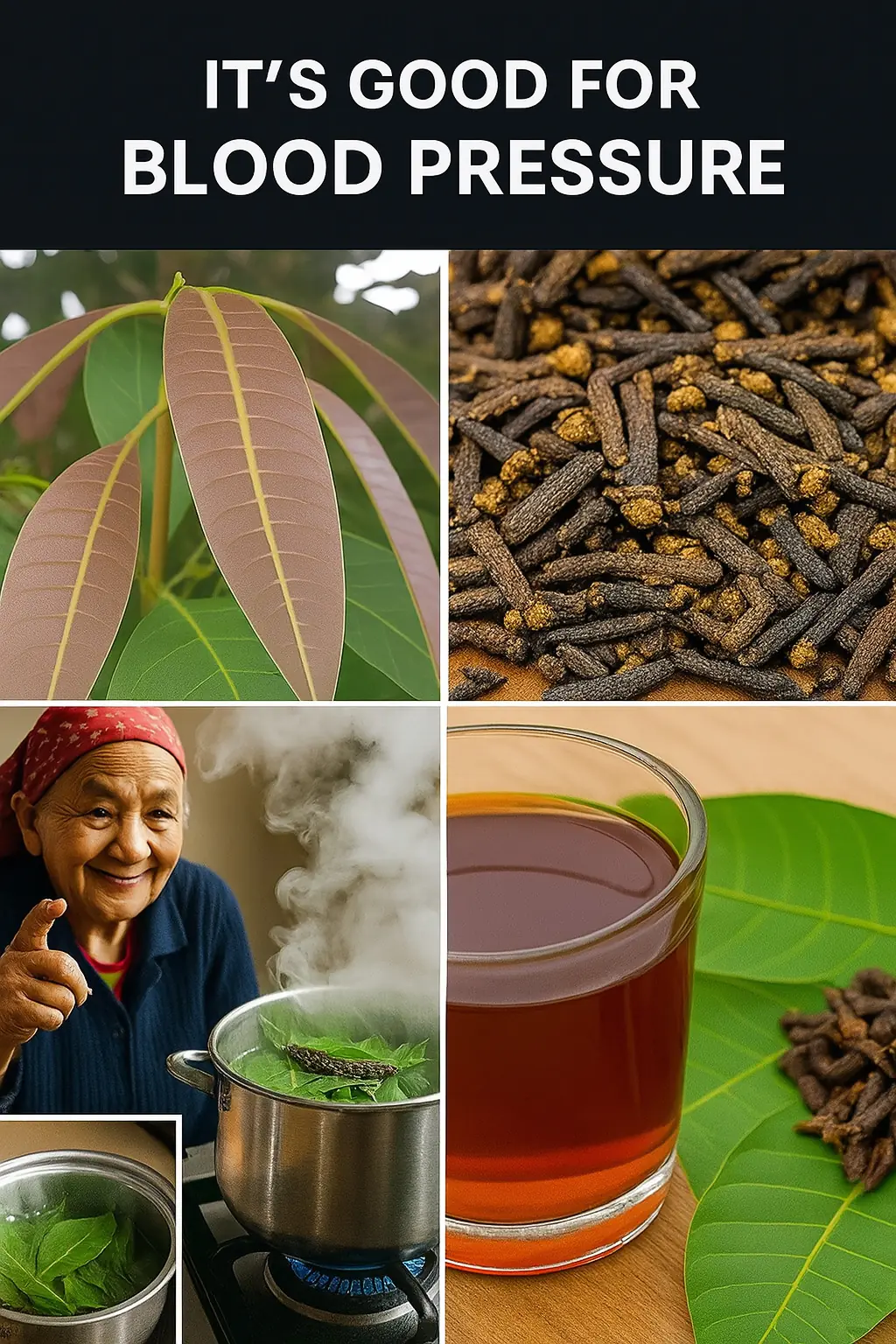
Unlock the Exotic Elixir: The Allure of Mango Leaf and Clove Tea
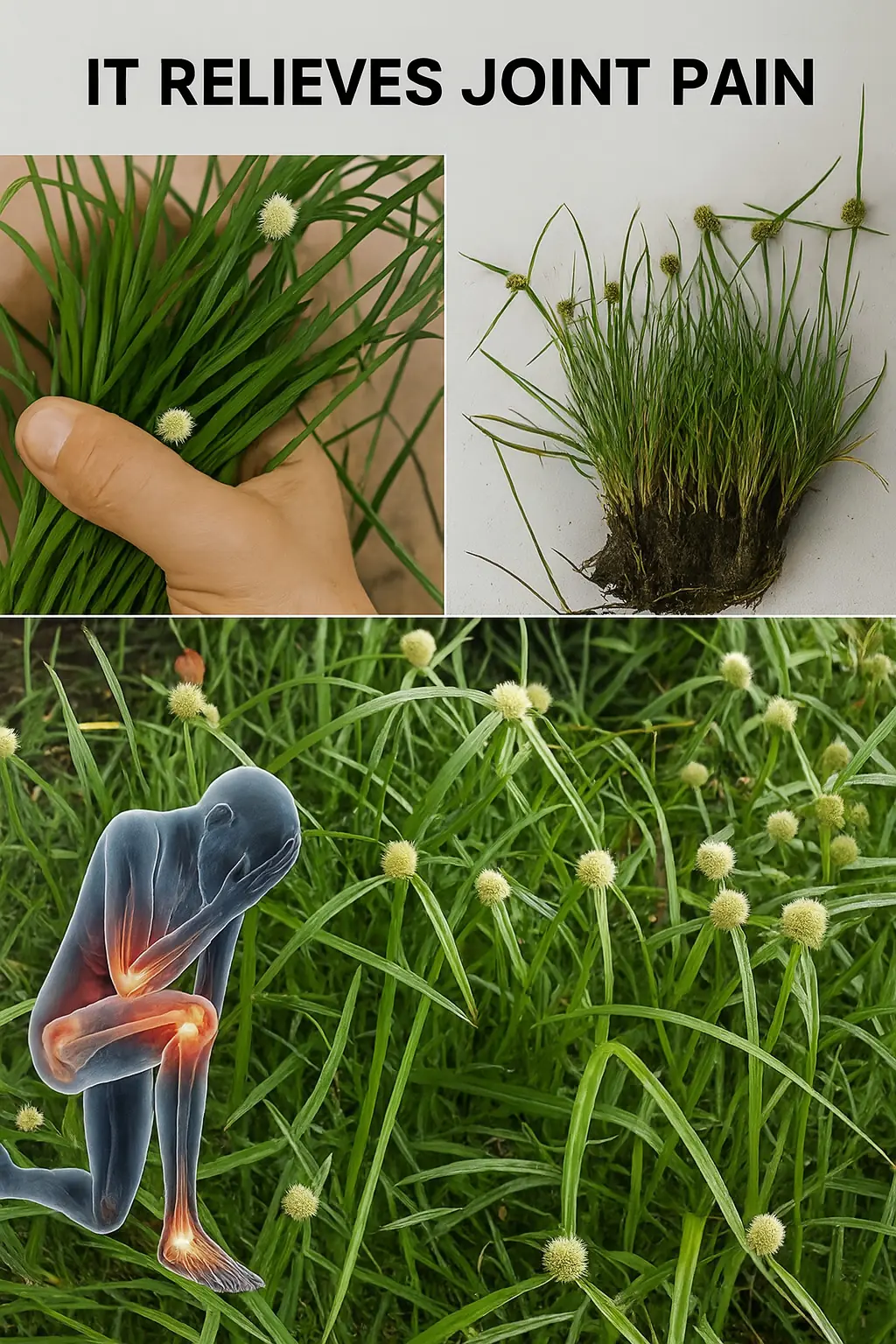
Unveiling the Secrets of Green Kyllinga: Nature’s Resilient Wonder
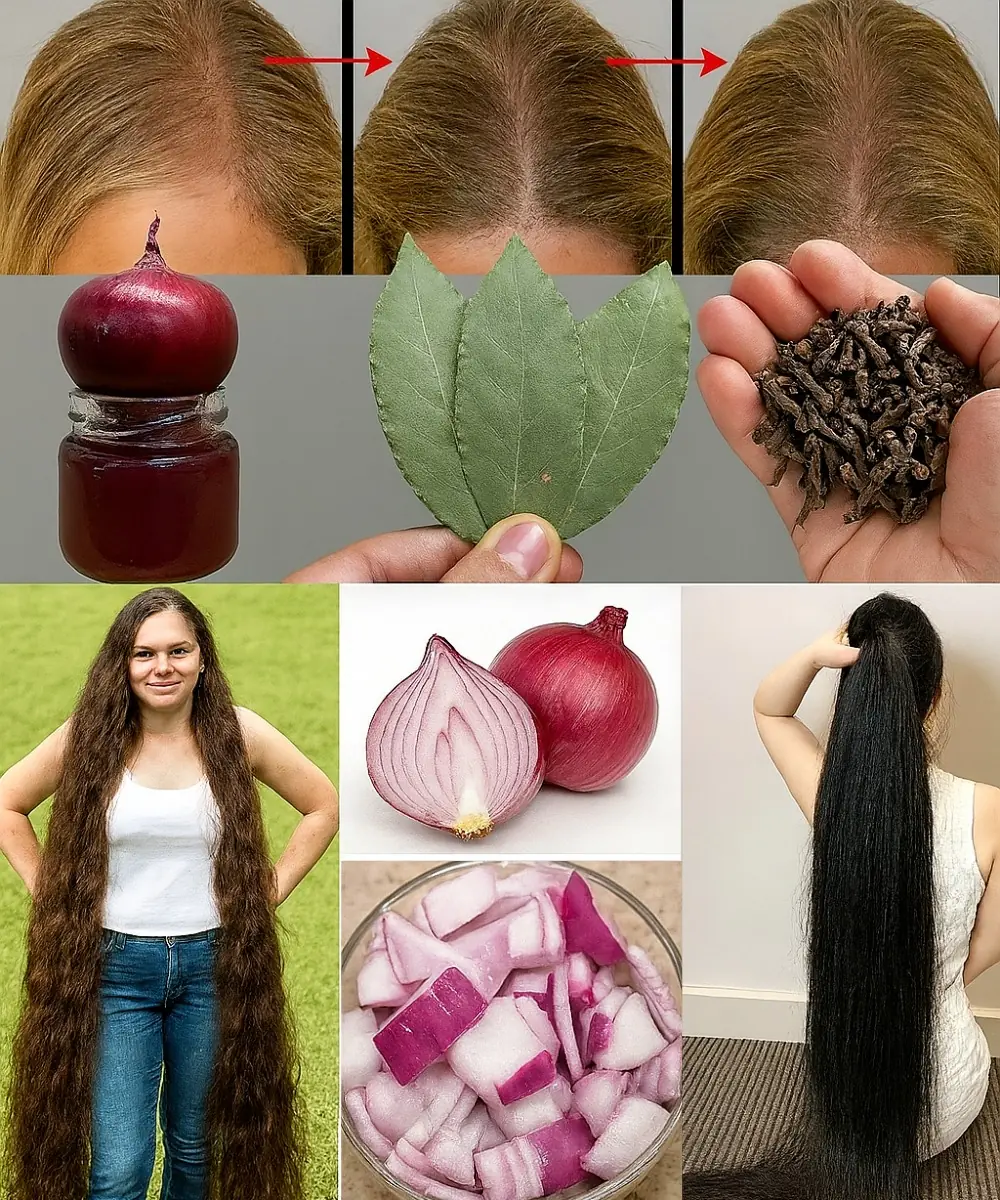
Discover the Magic of Cloves and Onion Peels: Your Hair’s New Best Friends
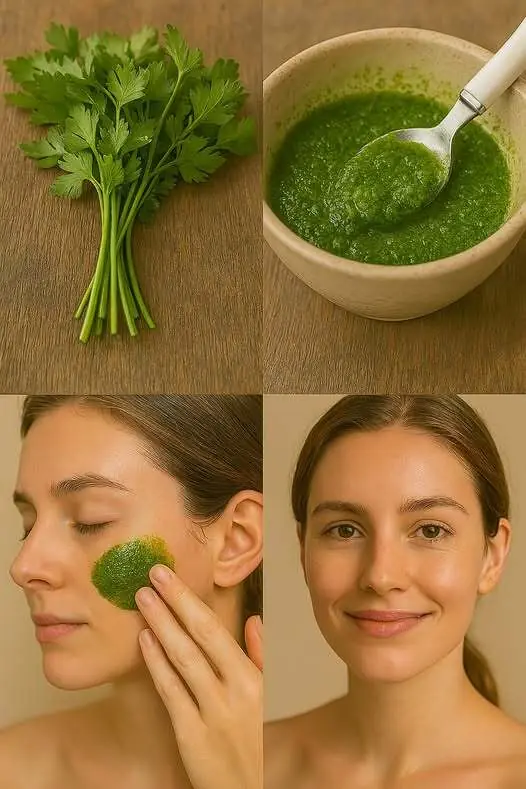
Rejuvenate Your Skin with the Best Collagen Mask from Parsley!
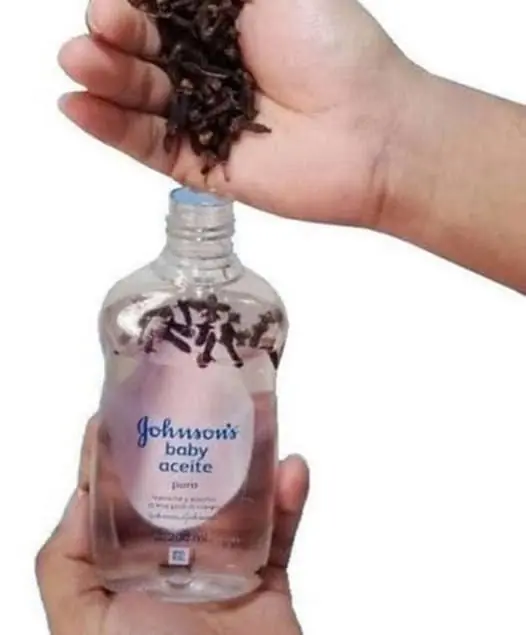
Revitalize Your Skin with Baby Oil and Cloves 🌿🧴
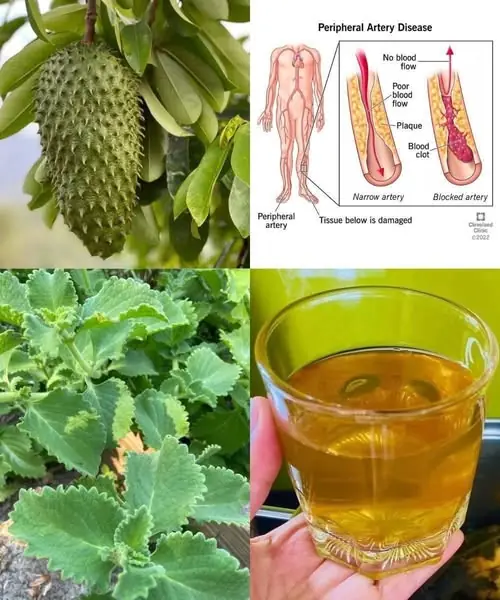
Benefits of Soursop and Oregano Tea: A Natural Remedy for Your Health
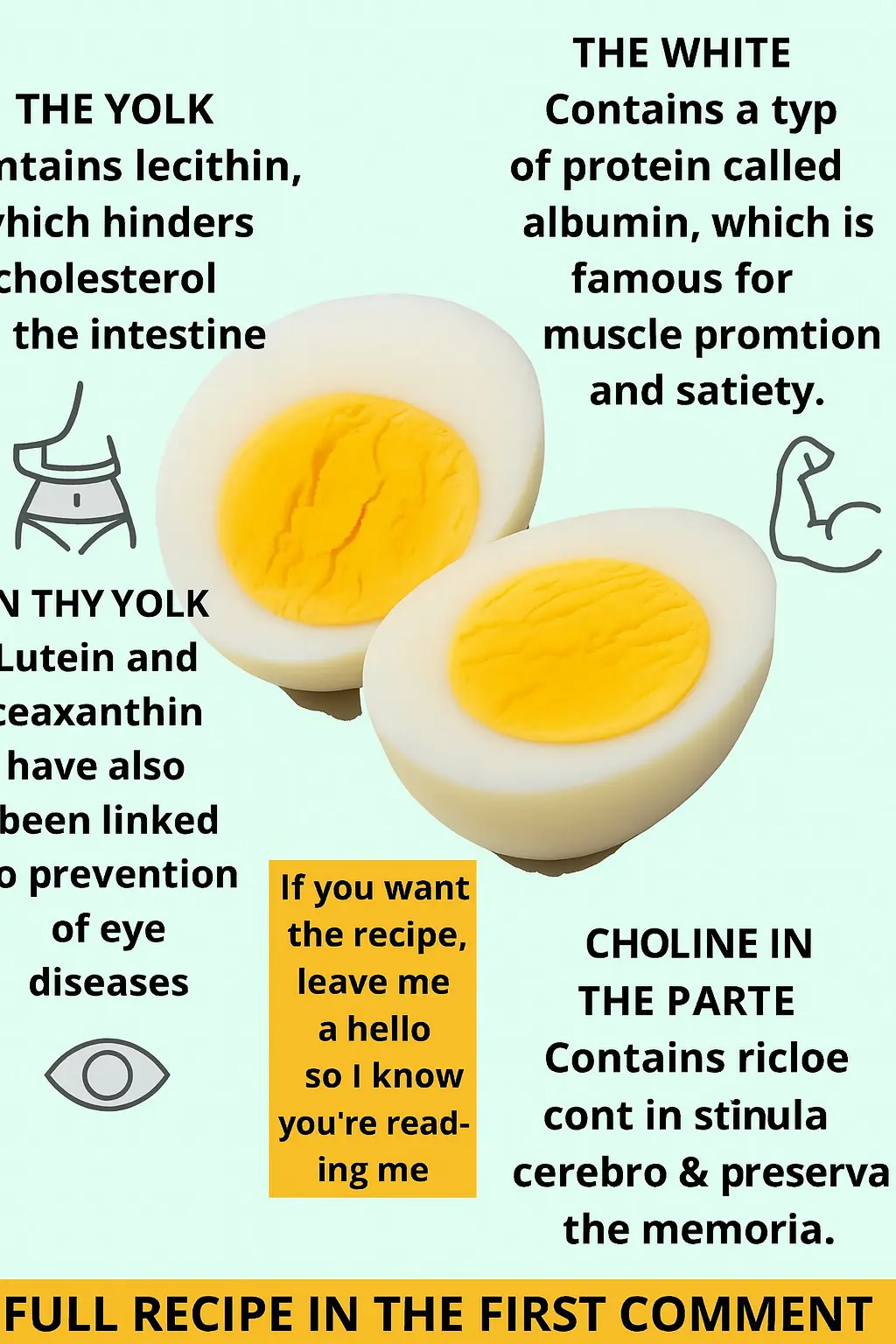
The Benefits of Eggs for Health and Their Importance in Fibromyalgia

Eat THIS Before Bed to Prevent Muscle Loss! Top 4 Essential Foods
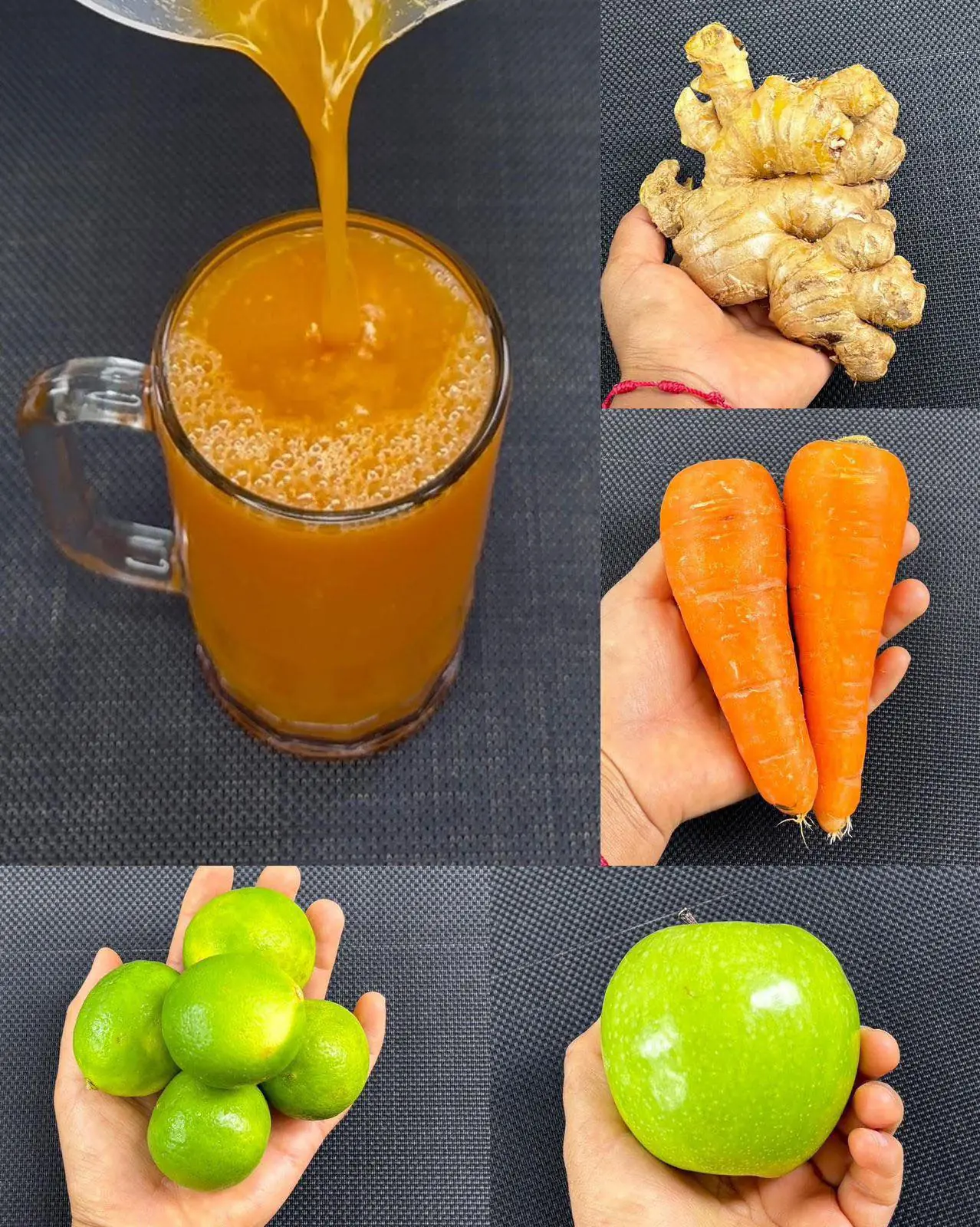
Natural Juice to Support Eye Health
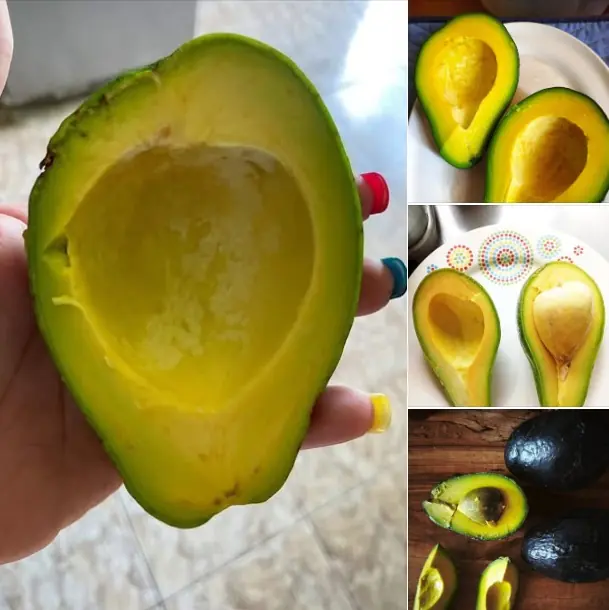
The Benefits of Avocado: Why You Should Include It in Your Daily Diet
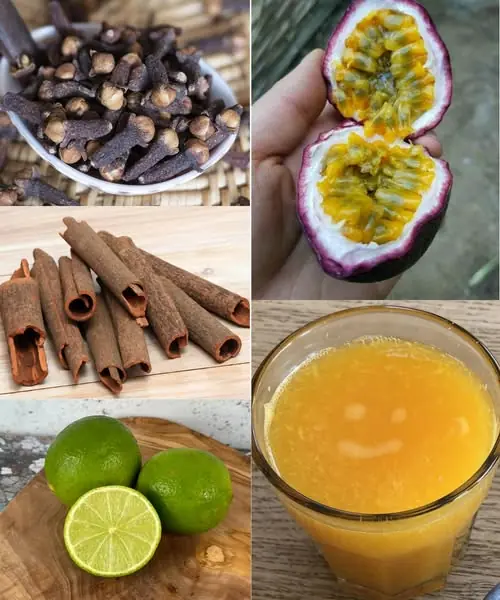
The Miracle Drink That Transformed My Grandfather’s Health at 73
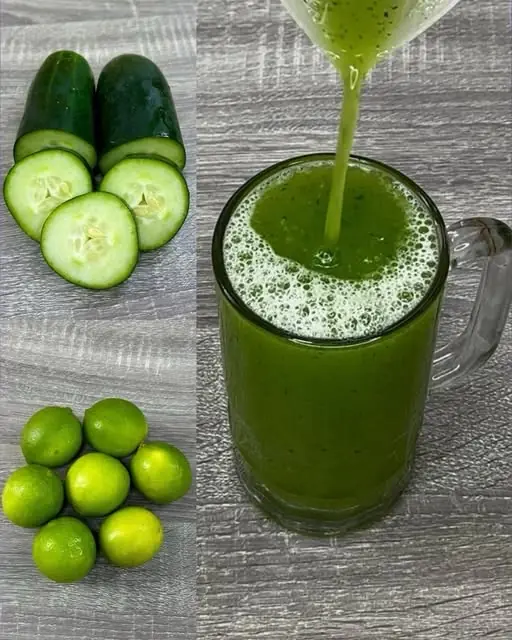
Eliminate Bloating and Cleanse Fatty Liver with This Natural Drink
News Post

🍫 Raspberry Chocolate Lava Cupcakes 🍇

Eat 2 Raw Garlic Cloves Daily: 10 Incredible Benefits You Probably Didn't Know

6 Delicious Foods That Help Eliminate Visceral Fat as Effectively as Exercise

The Ancient Elixir You’ll Wish You Discovered Sooner: Ginger, Clove & Honey for Unstoppable Health
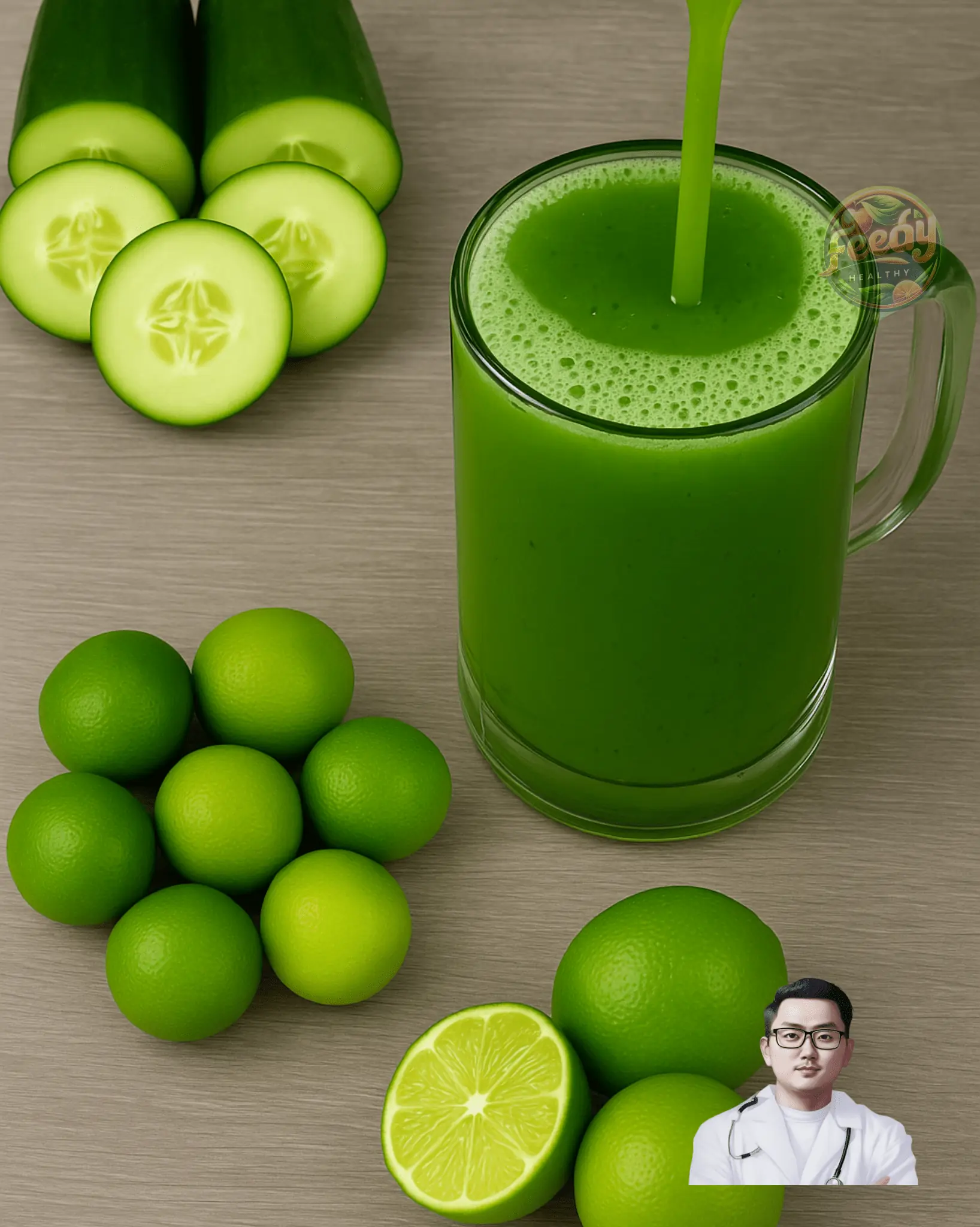
Discover the Ultimate Detox Drink to Flatten Your Belly, Clear Infections, and Rejuvenate Your Liver!

The 2025 Wellness Revolution: Can Soursop, Hibiscus, and Ginger Tea Be Your Secret to Defeating Disease?

The Shy Plant’s Secret Power: How Mimosa Pudica Can Revolutionize Your Health

Unveiling the Mystique of Devil’s Claw Sap: Nature’s Hidden Elixir

Unlock the Hidden Power of Banana Blossoms: 7 Life-Changing Health Benefits You Need to Know

Ignite Your Health with the Ultimate Cinnamon, Ginger, Bay Leaves, and Cloves Elixir
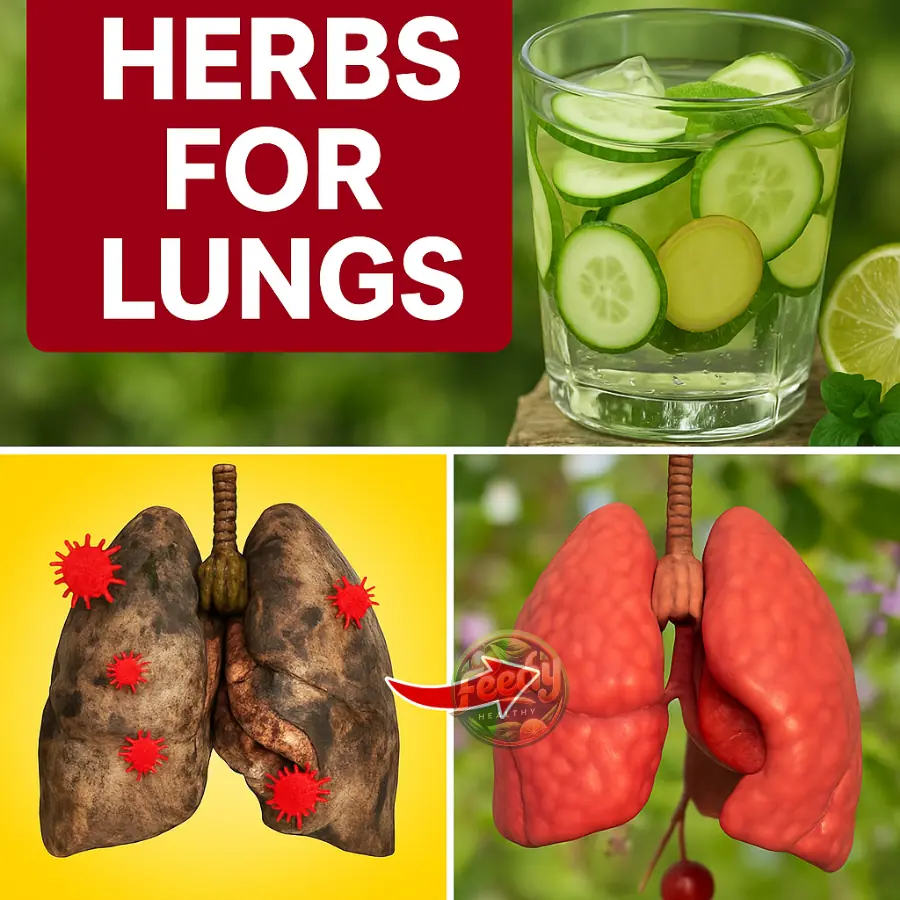
14 Reasons Why You Should Drink Cucumber, Ginger, Mint, Lemon, and Water Every Day
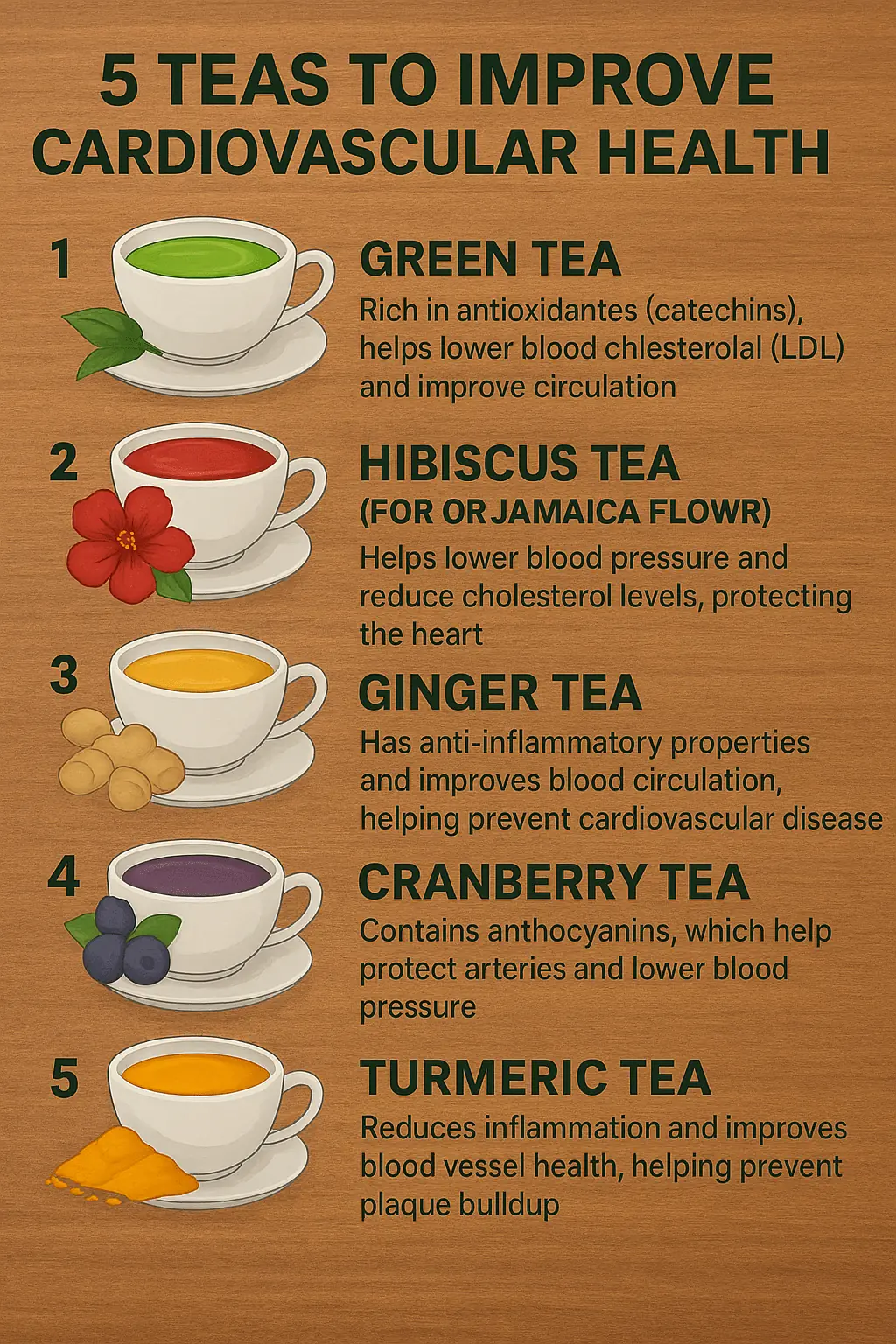
5 Natural Teas That Improve Your Cardiovascular Health
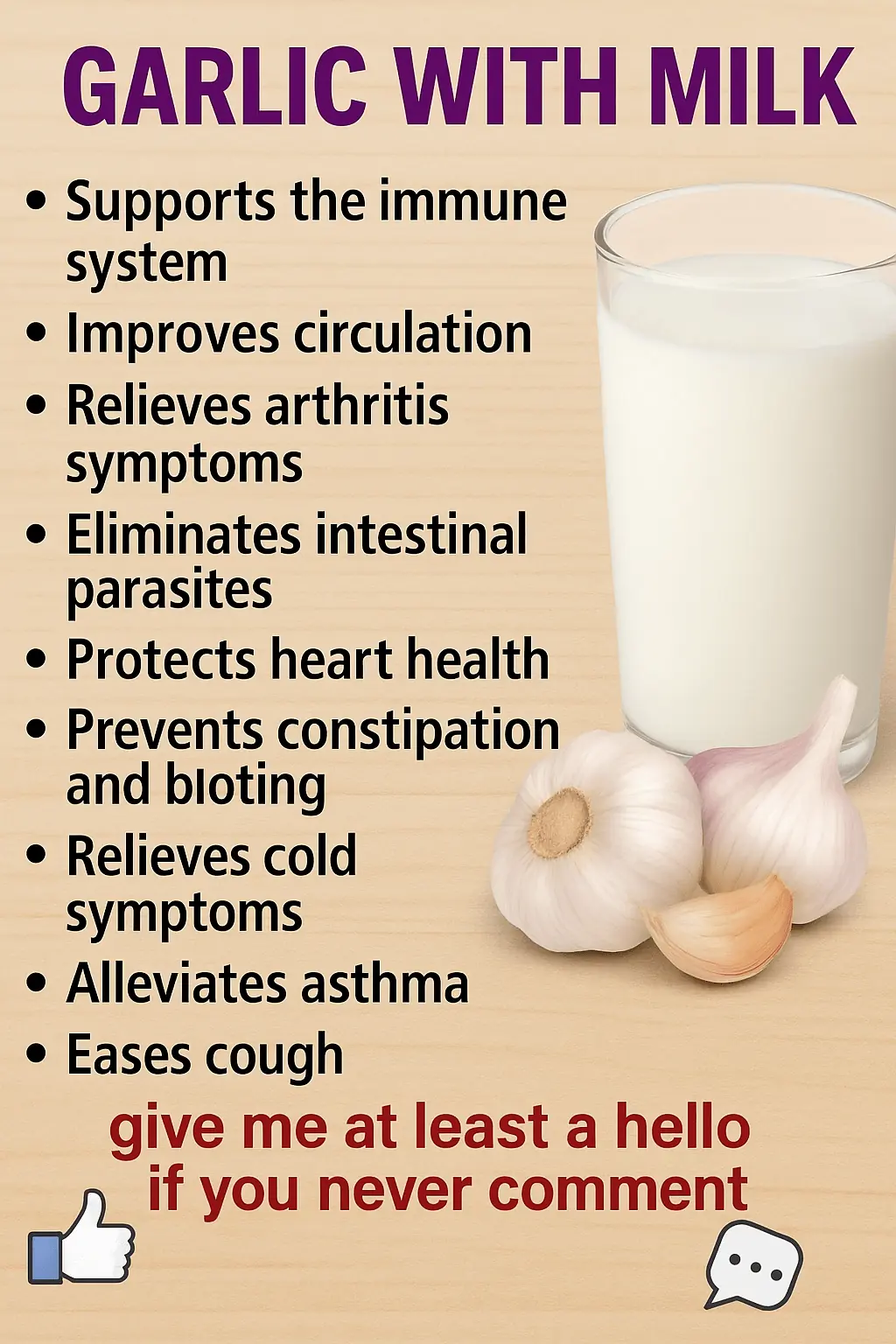
The Healing Power of Garlic with Milk: A Natural Remedy You Should Know About

6 Painful Areas on the Body That Warn of Early-Stage Cancer: Don’t Delay or It May Spread
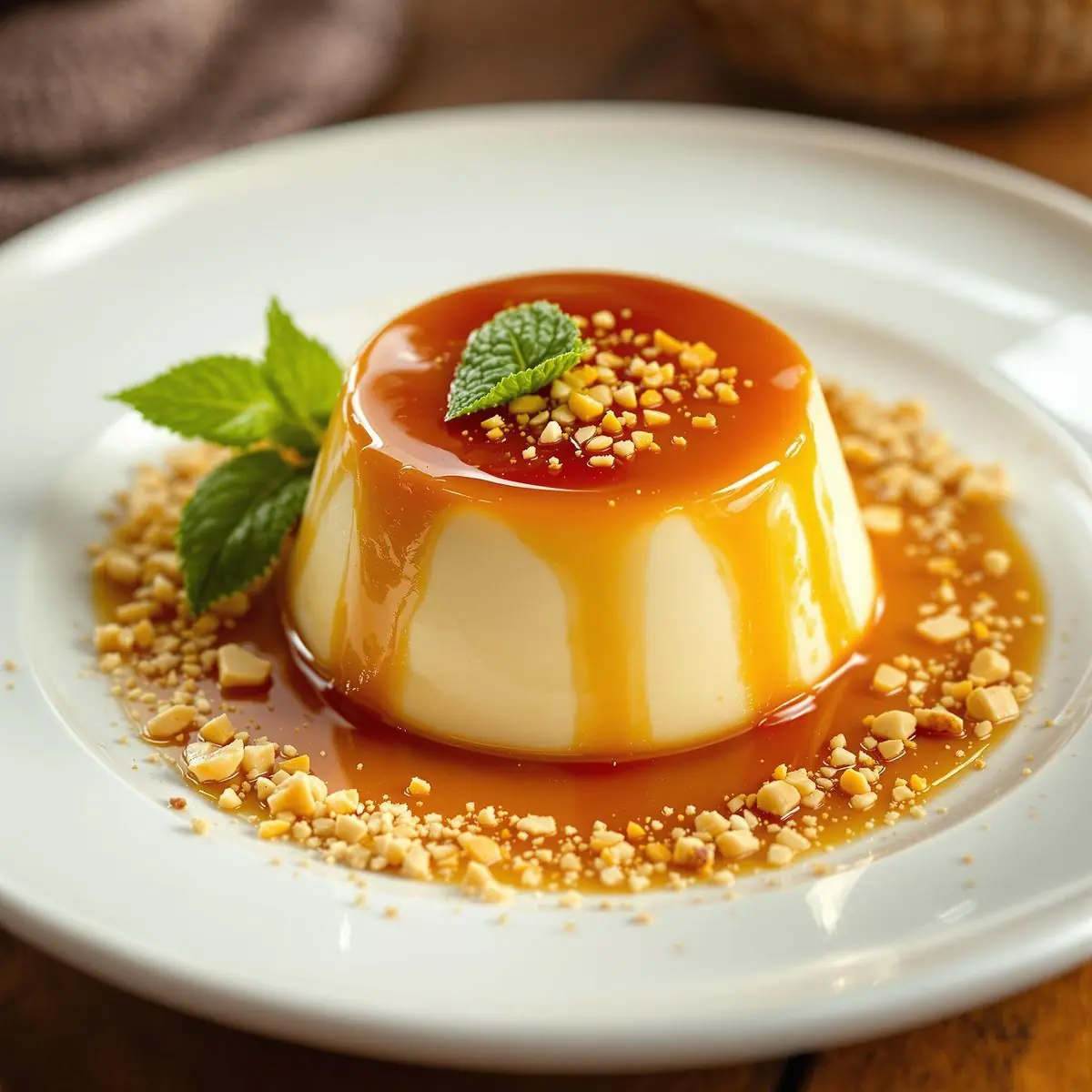
🍮 Classic Caramel Pudding Recipe

🧜♀️ Mermaid’s Treasure Margarita

Euphorbia Prostrata: The Hidden Healing Herb That Could Transform Your Health

Unlock the Exotic Elixir: The Allure of Mango Leaf and Clove Tea
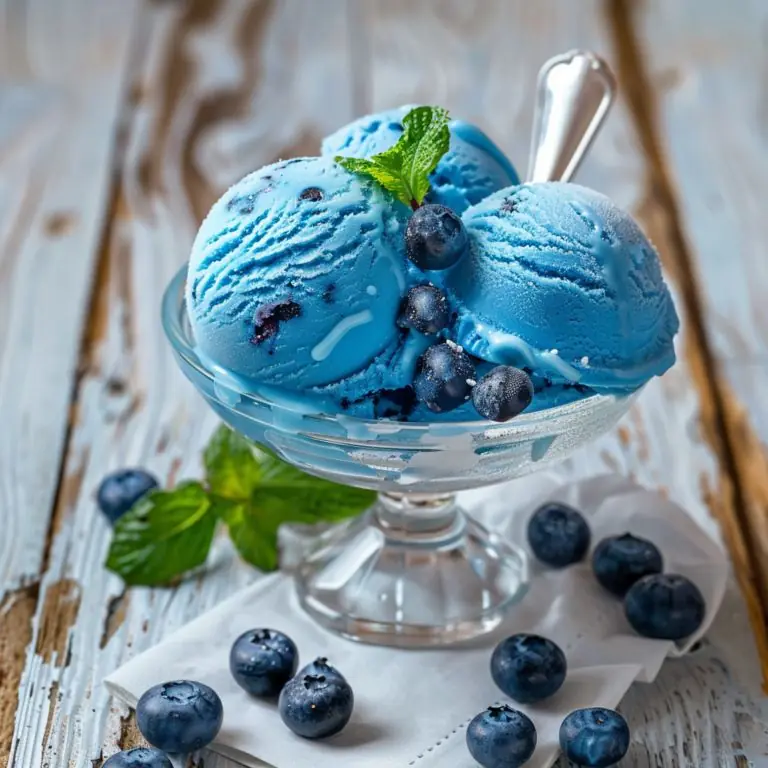
🌙 Blue Moon Ice Cream Recipe
